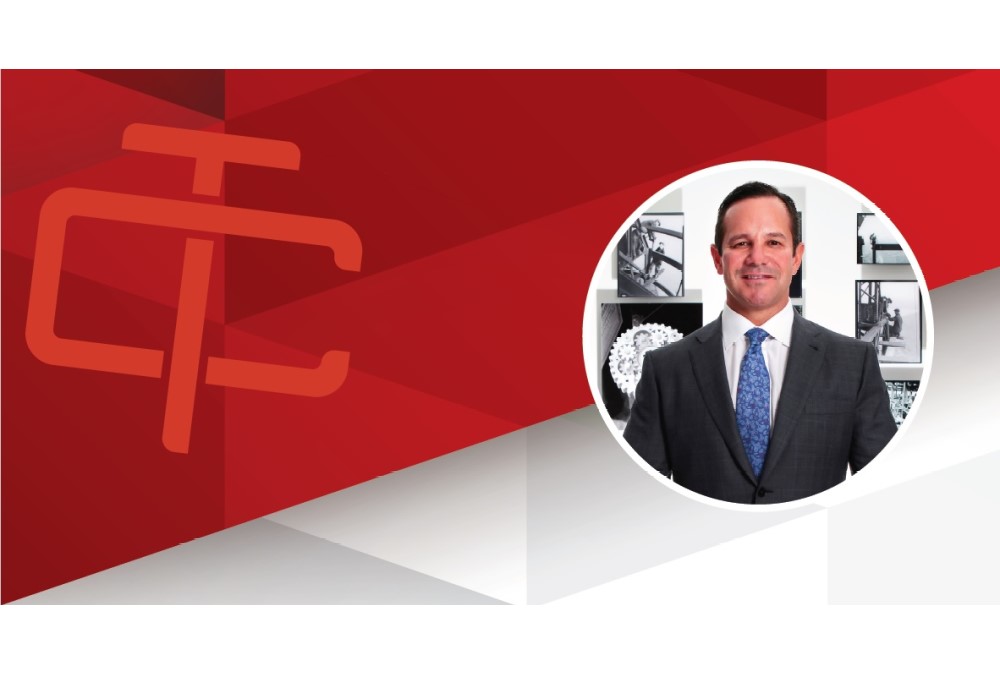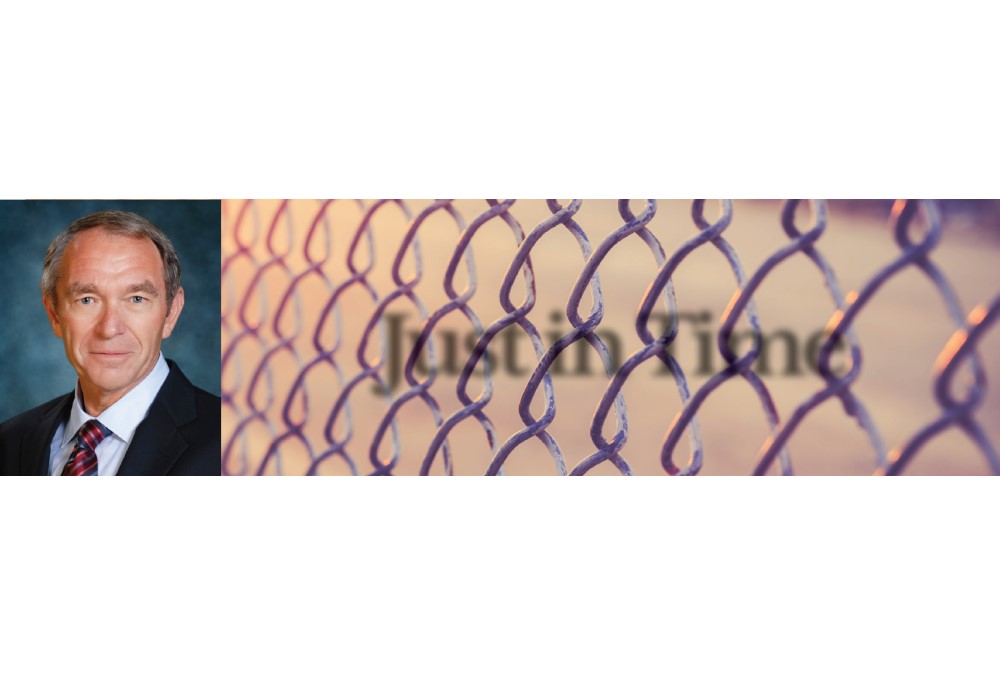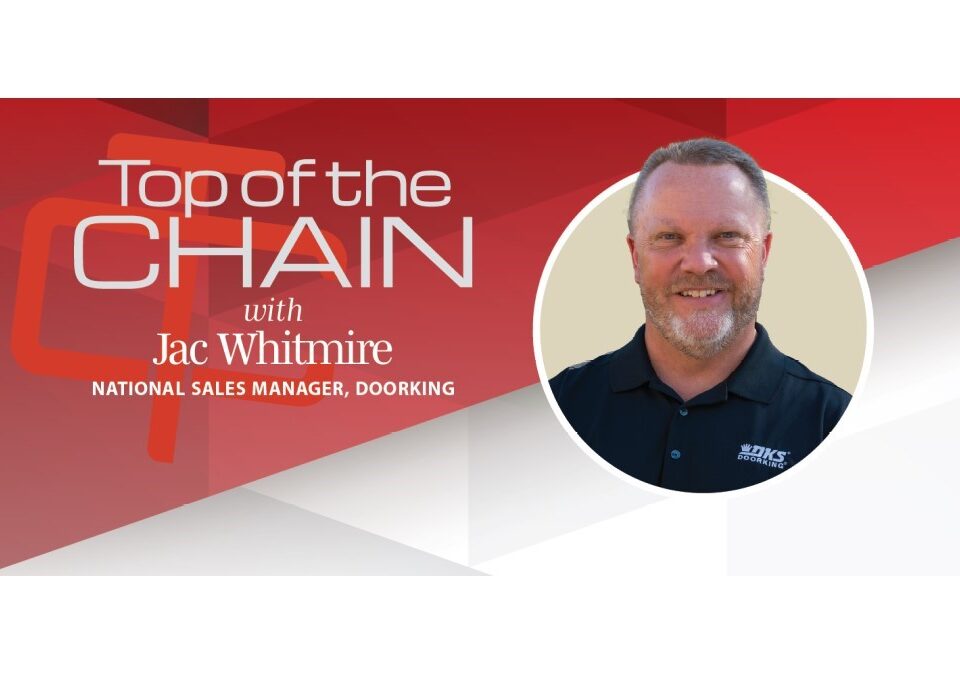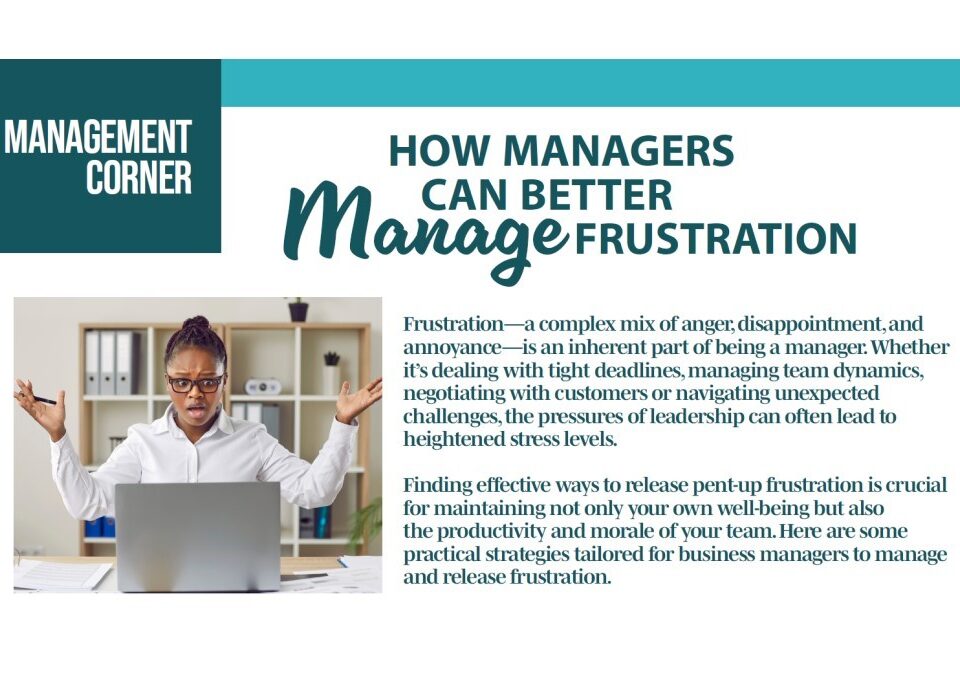
Top of the Chain
November 1, 2022
Avoiding Burnout
November 1, 2022Just in Time
by Mark Levin, CAE, CSP
Executive Vice President, Chain Link Fence Manufacturers Institute 2022 Inductee, American Fence Association Hall of Fame
Back in what my grandkids would call the “olden days” (the 1970’s!) I was doing some consulting work with a new association that had been created by the major players in the automobile industry. When I say major players, I mean major, as in the big three auto manufacturers, the American Petroleum Institute, the tire manufacturers, and all the major suppliers. The new organization’s goal was to establish manufacturing, supply, and delivery standards for the automotive industry that would lead to the bottom line: increased productivity.
This organization was formed to support the auto industry’s “just in time” manufacturing philosophy. Just in time manufacturing is a strategy for eliminating waste of over production and employee down time by delivering just the right quantity at just the right time–no more and no less.
In the 1970’s, in the rather monolithic U.S. auto industry, “just in time” processing meant billions of dollars in savings to industry companies. Part of the reason it worked so well was because the Big Three auto manufacturers controlled so much of the process.
It is not the 1970’s anymore. Think what supply chain disruptions have done to just in time. Think what COVID has done to just in time. Think what labor shortages have done to just in time. Think what all that, and more, has done to consumer confidence about the availability, and the quality, of goods and services.
Now, think of how all of that applies to the fence industry in today’s world. What has happened to “guaranteed on time delivery” in our industry? How can we guarantee delivery when a) we are just as susceptible to disruptions as every other industry and b) fencing is many times the last part of a project, so we are almost entirely dependent on the performance of other suppliers and contractors?
What has happened to employee down time and productivity? We have labor shortages everywhere, the people we do have are not at the same skill level as the ones they replaced during COVID, and supply chain problems still mean waiting on materials, schedule changes, and transportation nightmares. What is all this about? It is about realizing what increased productivity, improved quality control, and flexible work rules could mean for the fence industry.
It is about opportunity. An opportunity to make a major step in raising the visibility of the fence industry, the credibility of the fence industry, and the recognition of the fence industry as a major “player” in the construction industry. Not an afterthought, not a minor subcontractor, not an “end of project” necessity. A partner from the beginning to the finish of construction projects of all sizes.
Here are three ways we can make this happen:
- FOCUS ON WORKFORCE PRODUCTIVITY. Productivity has been identified as the single biggest challenge facing the construction industry in 2023. Worker shortages and skill development have seen industry production rates level off in recent years, just as demand has been increasing. Think about more cross-training (where appropriate) to decrease employee down time. Implement creative incentive programs for meeting production goals, reduced absenteeism, and length of employment.
- SOLIDIFY SUPPLIER RELATIONSHIPS. Yes, misery loves company, and we can still create a sense of “we’re all in this together” by continuing to focus on industry problems. But it’s time to move from excuses (COVID) to solutions (ideas and suggestions). Your suppliers are just as anxious as you are to be more profitable and productive. Discuss some shared cost-cutting opportunities, rework delivery schedules and inventory requirements, lock in some inducement’s (for both parties) for future orders and project completion.
- USE TECHNOLOGY MORE EFFECTIVELY. Keep all your employees and business partners informed of where production levels are improving (and why). Celebrate success in as many ways as possible – new contracts, new business partners, employee accomplishments in both their work and personal lives, company recognitions, etc., through social media, employee enewsletters and periodic personalized emails. Follow your key partners on social media and respond whenever appropriate, to let them see how well you want to know them and work with them.
I believe that over the past few years many of us have developed an uncomfortable feeling of loss of control of many things in our lives. Whether it has been our health, our jobs, our economic well-being, or societal changes that we don’t like or want, there is a level of frustration we see in ourselves and others that is unsettling. Do not let this carry over into our companies.
The fence industry is sometimes frustrating and challenging, of course, but it is also a vibrant, growing, important, and (in my humble opinion) friendly industry in which to work. With cooperation and a willingness to be share the rewards of success, we have a terrific opportunity to make the industry even better.
Just in time.




